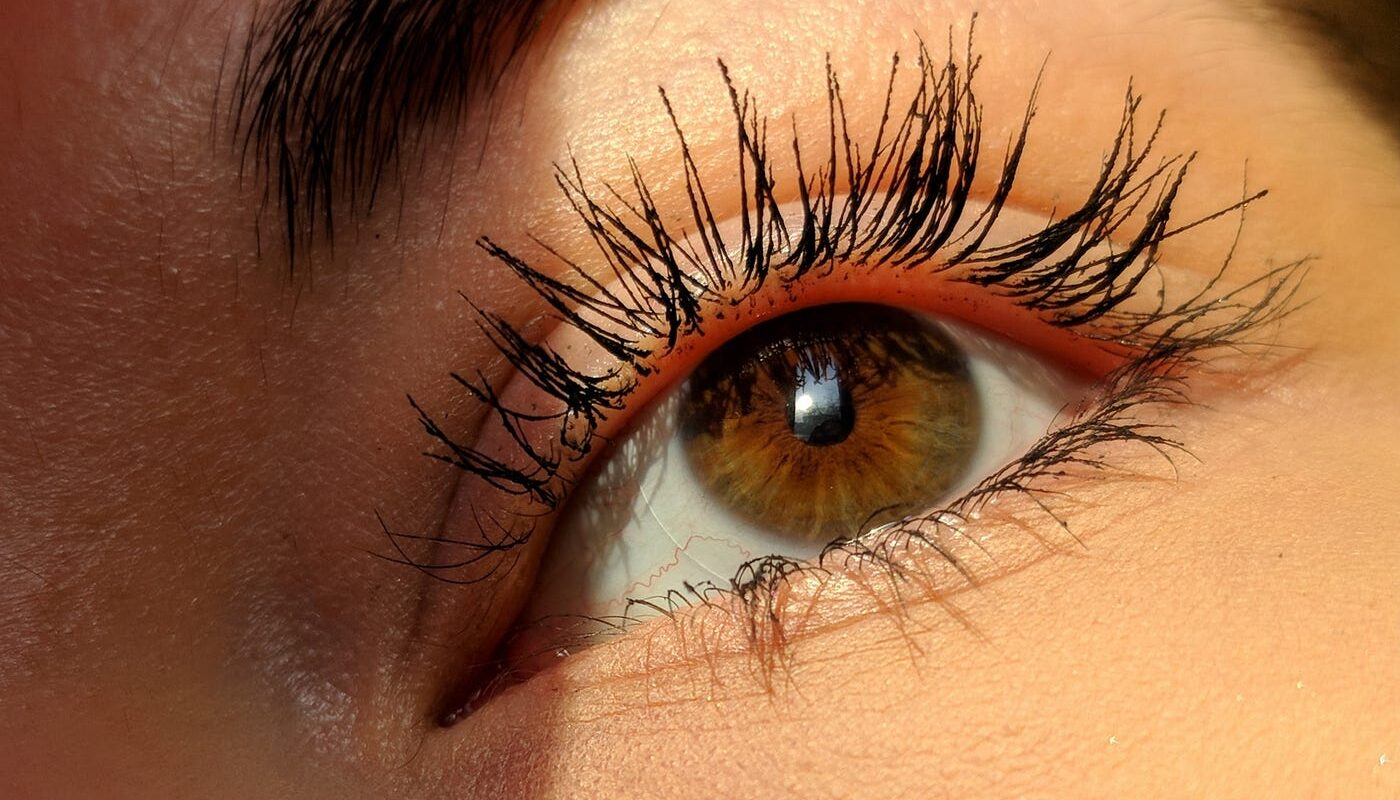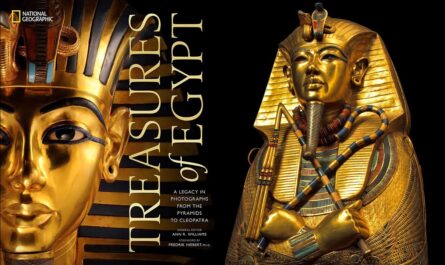Have you ever heard someone say that mascara is made from bat poop? This story has been going around for many years, and it makes people feel scared about using makeup on their eyes. Many people wonder, “is mascara bat poop?” and worry about putting something yucky on their eyelashes. In this article, we will learn the real truth about what mascara is made of and why this story started. We will also learn about the ingredients that really go into mascara and how makeup companies make sure their products are safe for us to use. By the end of this article, you will know exactly what mascara contains and why you don’t need to worry about bat poop being in your makeup bag.
The Big Question: Is Mascara Bat Poop?
The simple answer is no – mascara is not made from bat poop! This is just a story that people tell, but it’s not true at all. When people ask “is mascara bat poop,” they are thinking about an old myth that has been passed down from person to person. Real mascara is made from safe ingredients that are tested by scientists to make sure they won’t hurt your eyes. Companies that make makeup have to follow very strict rules about what they can put in their products. They would never be allowed to use bat poop or any kind of animal waste in mascara or any other makeup. The government watches makeup companies very carefully to make sure all their products are clean and safe for people to use on their skin and near their eyes.
Where Did This Strange Story Come From?
The story about mascara containing bat poop started because people got confused about an ingredient called guano. Guano is another word for bat poop, and a long time ago, some people thought this ingredient was used in mascara. But here’s the important part – guano was never actually used in mascara at all! This confusion happened because people didn’t understand the difference between guano and another ingredient that sounds similar. Sometimes when people don’t know the facts, they make up stories or believe things that aren’t true. The story spread from person to person, and soon many people believed that mascara really did contain bat poop. This shows us why it’s important to check facts before believing everything we hear, especially about things we use on our bodies.
What Is Really In Your Mascara?
Now let’s talk about what mascara actually contains, so you know the truth when someone asks “is mascara bat poop?” Mascara is made from several safe ingredients that work together to make your eyelashes look longer, thicker, and darker. The main ingredient is usually water, which helps make the mascara smooth and easy to apply. There are also waxes like beeswax or carnauba wax, which help the mascara stick to your eyelashes and stay there all day. Pigments are added to give mascara its color – these are the same safe coloring materials used in many other products. Some mascaras also contain oils and polymers, which are special materials that help the mascara go on smoothly and look good. All of these ingredients are tested by scientists to make sure they are safe for people to use near their eyes.
The Real Ingredients That Make Mascara Work
Let’s learn more about the specific ingredients that make mascara do its job so well. Iron oxides are one of the most common ingredients used to make mascara black or brown – these are natural minerals that are completely safe. Titanium dioxide is often used in mascaras to make them more opaque and give better coverage to your eyelashes. Many mascaras contain film-forming agents, which are special ingredients that help create a thin layer on each eyelash to make them look thicker. Preservatives are also added to mascara to keep it fresh and prevent harmful bacteria from growing in the tube. Some mascaras include conditioning agents like panthenol or vitamin E to help keep your eyelashes healthy and strong. All of these ingredients are carefully chosen and tested to make sure they work well together and are safe for daily use around your eyes.
How Mascara Is Made in Factories
Understanding how mascara is made can help you see why the question “is mascara bat poop?” doesn’t make sense. Mascara is made in very clean factories called manufacturing facilities, where everything is kept super clean and organized. Workers wear special clothes and gloves to make sure no germs or dirt get into the mascara. All the ingredients are measured very carefully using precise machines to make sure each tube of mascara has exactly the right amounts of everything. The ingredients are mixed together in large, clean containers using special mixing equipment. After the mascara is mixed, it goes through many tests to make sure it’s safe and works properly. Then it’s put into clean tubes and sealed up tight so it stays fresh until you buy it and use it.
Safety Rules for Makeup Companies
Makeup companies have to follow very strict safety rules, which is another reason why mascara is not bat poop. In most countries, there are government agencies that watch over cosmetic companies to make sure their products are safe. These agencies require companies to test all their ingredients before they can sell their products to customers. Companies must prove that their mascara won’t cause allergic reactions or hurt people’s eyes when used as directed. They also have to list all the ingredients on the package so people know exactly what they’re buying. If a company tried to put bat poop or any other unsafe ingredient in mascara, they would get in big trouble with the government and would not be allowed to sell their products. This system helps protect all of us who use makeup products.
Why People Believe Makeup Myths
It’s interesting to think about why people believe stories like “is mascara bat poop?” even when they’re not true. Sometimes people believe these stories because they sound shocking or gross, and shocking stories tend to stick in our minds. Other times, people might not trust big companies and think they might try to hide bad ingredients from customers. Some people also worry about using chemicals on their bodies, even though many chemicals are completely safe when used correctly. Another reason these myths spread is that people often share information without checking if it’s really true first. Social media and the internet can make false stories spread very quickly to lots of people. Understanding why these myths exist can help us be more careful about what information we believe and share with others.
Other Common Makeup Myths
The mascara bat poop myth isn’t the only false story people tell about makeup products. Some people believe that lipstick contains crushed beetles, but modern lipsticks are made from safe synthetic ingredients. Others think that makeup expires immediately and becomes dangerous, but most makeup products last for months or even years when stored properly. There’s also a myth that expensive makeup is always better than cheap makeup, but this isn’t always true – many affordable products work just as well as expensive ones. Some people believe that wearing makeup every day will definitely damage your skin, but this usually only happens if you don’t clean your face properly or if you’re allergic to certain ingredients. Learning about these myths helps us make better decisions about the products we choose to use.
How to Choose Safe Mascara
Now that you know the answer to “is mascara bat poop?” is definitely no, let’s talk about how to choose good mascara for yourself. First, look for mascaras from well-known companies that have been making makeup for a long time – these companies are more likely to follow safety rules carefully. Read the ingredient list on the package and avoid any ingredients you know you’re allergic to. If you have sensitive eyes, look for mascaras that say they’re tested by eye doctors or made for sensitive eyes. Choose mascaras that are sealed in clean packages and haven’t been opened by other customers in the store. Replace your mascara every three to six months to make sure it stays fresh and doesn’t grow bacteria. If your eyes ever feel itchy or irritated when using mascara, stop using it right away and talk to a doctor if the irritation doesn’t go away.
Taking Care of Your Eyelashes
Using mascara safely is important for keeping your eyelashes healthy and strong. Always remove your mascara before going to bed using a gentle makeup remover – sleeping in mascara can make your eyelashes brittle and more likely to break. Be gentle when putting on and taking off mascara, and don’t pull or tug on your eyelashes too hard. Never share your mascara with other people because this can spread germs and eye infections. If your mascara starts to smell funny, gets clumpy, or changes texture, throw it away even if it’s not old yet. Consider giving your eyelashes a break from mascara once in a while to let them rest and recover. You can also use eyelash conditioners or serums to help keep your lashes healthy and strong, but make sure to choose products that are safe for use near your eyes.
The Science Behind Beautiful Eyelashes
Understanding how mascara works can help you appreciate why it doesn’t need to contain anything gross like bat poop to do its job. Your eyelashes are made of a protein called keratin, which is the same material that makes up your hair and fingernails. Mascara works by coating each individual eyelash with a thin layer of product that makes it look thicker and darker. The waxes in mascara help it stick to your lashes and stay put throughout the day. Some mascaras contain tiny fibers that attach to your lashes to make them look longer. The pigments in mascara are what give it color and help define your eyes. Modern science has given us amazing ingredients that can make our eyelashes look beautiful without using anything harmful or gross. This shows us that when companies have access to safe, effective ingredients, there’s no reason for them to use anything questionable.
Why This Information Matters
Learning the truth about whether mascara is bat poop is important for several reasons. First, it helps you make informed decisions about the products you use on your body. When you know the facts, you don’t have to worry unnecessarily about using mascara or other makeup products. Understanding how makeup is really made can also help you appreciate the science and safety testing that goes into creating these products. This knowledge can help you spot other false information about beauty products and make better choices for yourself. It also shows you the importance of checking facts before believing everything you hear, especially about things that affect your health and safety. Finally, knowing the truth helps you share accurate information with friends and family members who might be worried about this myth. You can also read this: The Unrealized Projects of John Wayne: Movies That Never Made It to the Big Screen
Conclusion
So, is mascara bat poop? Absolutely not! This article has shown you that mascara is made from carefully chosen, safe ingredients that are tested to make sure they won’t hurt your eyes or skin. The bat poop myth started from confusion and misunderstanding, but it has no basis in reality. Real mascara contains ingredients like water, waxes, pigments, and preservatives that work together to make your eyelashes look beautiful. Makeup companies have to follow strict safety rules and would never be allowed to put animal waste in their products. By understanding what mascara really contains and how it’s made, you can feel confident using these products without worrying about gross or harmful ingredients. Remember to always check your facts and choose makeup products from trustworthy companies that care about your safety and satisfaction.


